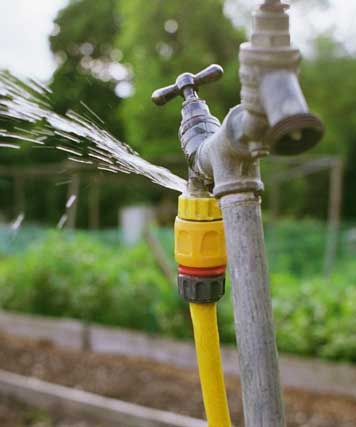Exactly how to Find and also Fixing Water Leaks-- A Comprehensive Overview
Exactly how to Find and also Fixing Water Leaks-- A Comprehensive Overview
Blog Article
Just how do you really feel with regards to Locating water leaks?

Early detection of leaking water lines can minimize a potential calamity. Some tiny water leakages might not be visible.
1. Take A Look At the Water Meter
Examining it is a proven means that helps you discover leaks. If it relocates, that indicates a fast-moving leak. This means you may have a sluggish leakage that can also be below ground.
2. Examine Water Intake
Analyze your water costs and also track your water intake. As the one paying it, you should notice if there are any discrepancies. If you find sudden changes, despite your consumption being the same, it means that you have leaks in your plumbing system. Remember, your water bill should drop under the very same range every month. A sudden spike in your costs shows a fast-moving leakage.
Meanwhile, a steady rise each month, despite the exact same practices, reveals you have a slow-moving leak that's also gradually escalating. Call a plumber to completely check your property, specifically if you feel a cozy area on your flooring with piping underneath.
3. Do a Food Coloring Examination
When it comes to water consumption, 30% comes from commodes. If the color somehow infiltrates your dish during that time without flushing, there's a leak between the container and dish.
4. Asses Exterior Lines
Don't neglect to check your outside water lines also. Test spigots by connecting a yard hose pipe. Must water permeate out of the connection, you have a loose rubber gasket. Change this and also ensure all connections are limited. If you have actually got a lawn sprinkler, it will certainly help get it expertly checked out and maintained annually. One small leakage can lose lots of water as well as spike your water bill.
5. Assess the situation and inspect
House owners must make it a behavior to examine under the sink counters and also also inside closets for any type of bad odor or mold growth. These two red flags show a leakage so timely interest is needed. Doing routine evaluations, even bi-annually, can save you from a significant trouble.
If you know your residence is currently old, keep a watchful eye on your heating systems, pipes, pipes and so on. Look for discolorations and damaging as the majority of pipelines and appliances have a life span. They will also normally weaken as a result of deterioration. Do not wait for it to intensify if you suspect dripping water lines in your plumbing system. Call a professional plumber right away so you do not wind up with an awful mess in your house.
Early detection of leaking water lines can reduce a possible disaster. Some little water leaks may not be noticeable. Checking it is a guaranteed way that assists you uncover leaks. One tiny leakage can throw away lots of water and also spike your water expense.
If you believe leaking water lines in your plumbing system, do not wait for it to rise.
WARNING SIGNS OF WATER LEAKAGE BEHIND THE WALL
PERSISTENT MUSTY ODORS
As water slowly drips from a leaky pipe inside the wall, flooring and sheetrock stay damp and develop an odor similar to wet cardboard. It generates a musty smell that can help you find hidden leaks.
MOLD IN UNUSUAL AREAS
Mold usually grows in wet areas like kitchens, baths and laundry rooms. If you spot the stuff on walls or baseboards in other rooms of the house, it’s a good indicator of undetected water leaks.
STAINS THAT GROW
When mold thrives around a leaky pipe, it sometimes takes hold on the inside surface of the affected wall. A growing stain on otherwise clean sheetrock is often your sign of a hidden plumbing problem.
PEELING OR BUBBLING WALLPAPER / PAINT
This clue is easy to miss in rooms that don’t get much use. When you see wallpaper separating along seams or paint bubbling or flaking off the wall, blame sheetrock that stays wet because of an undetected leak.
BUCKLED CEILINGS AND STAINED FLOORS
If ceilings or floors in bathrooms, kitchens or laundry areas develop structural problems, don’t rule out constant damp inside the walls. Wet sheetrock can affect adjacent framing, flooring and ceilings.
https://www.servicemasterbyzaba.com/blog/how-to-detect-water-leakage-in-walls/

As a serious reader about Leaking water lines, I thought sharing that post was worth the trouble. So long as you enjoyed reading our page if you please don't forget to pass it around. Many thanks for taking the time to read it.
Report this page